Bird News from Nial Moores, Jason Loghry and Ha Jung Mun
As part of research both for Birds Korea’s report (Status of Birds, 2014) and a report on the conservation of forest birds in Gangwon Province with the Hanns Seidel Foundation, a day was spent on Seorak Mountain. We hiked the narrow trail from Hangyerang Services (at about 820masl) up past the shelter below Daecheongbong, through predominantly deciduous woodland, then mixed woodland, into the subalpine zone (from about 1500masl), with its waist-high shrubbery and conifers, including cone-laden Korean Pines.
On the route up, all birds heard or seen were logged by NM (irrespective of distance), with a few additional observations made only by JL and / or HJM. Starting at 5AM and finishing after 9PM (at least for two of the team!), this extremely arduous hike started in warm and humid conditions, with low cloud. Fortunately, the weather cleared for several hours in the afternoon at the peak, before deteriorating rapidly, with thunderstorms bringing heavy rain for two hours during the descent.
In all, 37 species were seen or heard along the trail. While most of the species, like Spotted Nutcracker, Radde’s Warbler and Siberian Rubythroat were expected (thanks to research by the Korea National Parks), there were several surprising finds. These included an absence of Brown-eared Bulbul and Oriental Turtle Dove; a high number of singing Two-barred Warbler (c. 19 logged, with most between 1100masl and 1250masl); two presumed Eurasian Sparrowhawk and a single male-type Red-flanked Bluetail (both seen by JL); and an unseen locustella heard calling (perhaps an early migrant?), a probable Eurasian Woodcock, and even more surprising a Japanese Robin, logged only by NM.
As there are so few details in the Birds Korea archives of bird distribution and abundance on high mountains, the species are listed in the order in which we encountered them, divided broadly into three main zones (as indicated by signage along the trail).Details are approximate only. The trails rise and fall along their length; some birds were heard only (and could have been higher or lower than the trail); and our team was sometimes split up.
Section 1: 850m-1350m; length c. 4.1km; c. 0500-1000hrs
Very steep ascent (and descents!) through occasionally tall closed-canopy deciduous forest with a few conifers admixed.
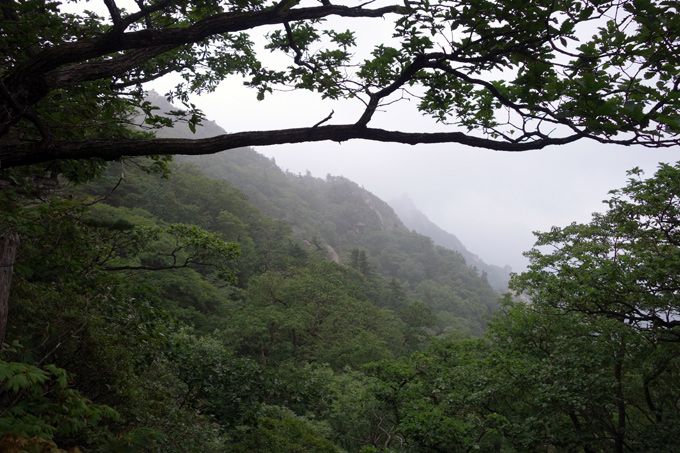
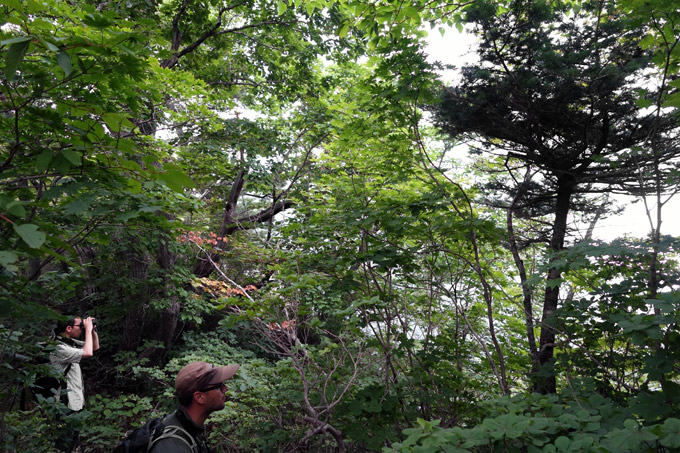
- Pale Thrush Turdus pallidus, 10
- Pale-legged Leaf Warbler Phylloscopus tenellipes, 15 (most heard calling only; though a harsher version of the typical song was also heard 1-2 times)
- Hazel Grouse Tetrastes bonasia, 1 (heard only)
- Grey Wagtail Motacilla cinerea, 2
- Eurasian Nuthatch Sitta europaea, 16
- Yellow-throated Bunting Emberiza elegans, 5
- Pallas’s Leaf Warbler Phylloscopus proregulus, 3 (heard in song)
- Eastern Great Tit Parus minor, 1
- Long-tailed Tit Aegithalos caudatus, 4 (all birds that were seen were magnus)
- Varied Tit Sittiparus varius, 11
- Large-billed Crow Corvus macrorhynchos, 2
- Two-barred Warbler Phylloscopus plumbeitarsus, 16 (the majority were heard in song, with two or more also heard calling. At one location four or five were singing vigorously “at each other”, allowing decent views of two individuals. Although we were aware that the species had been recorded here in the summer months at least once before, we had not expected it to form such a strong component of the avifauna and the soundscape. As Tomek [2002] includes records from the end of May and early June and again in early August in the DPRK part of Gangwon Province as well as in several other DPRK provinces, it must be assumed this this species is a locally common summer visitor to forest above c. 1100m in this part of Korea, and northward)
- Eurasian Wren Troglodytes troglodytes, 3
- Siberian Blue Robin Larvivora cyane, 1
- Asian Stubtail Urosphena squameiceps, 2
- Japanese Pygmy Woodpecker Dendrocopos kizuki, 4 (all birds seen appeared quite pale on the underparts)
- Eurasian Jay Garrulus glandarius, 1
- Tristram’s Bunting Emberiza tristrami, 1+ (one seen and perhaps up to 2-3 heard)
- Coal Tit Periparus ater, 3
- Eurasian Treecreeper Certhia familiaris, 1 (seen, JL only)
- Common Pheasant Phasianus colchicus, 1 (heard only “down below”).
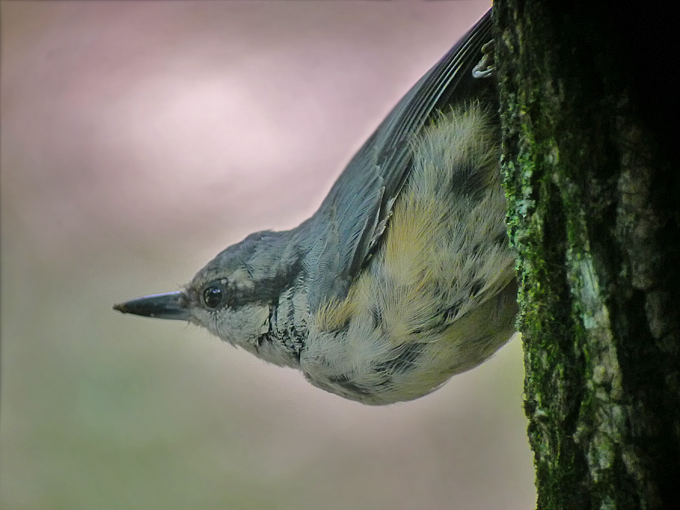
Section Two: 1350m-1500m; c. 3km; c. 1000-1300hrs
Moderately steep ascent, with mixed forest and often dense undergrowth, including patchy stands of dwarf bamboo.
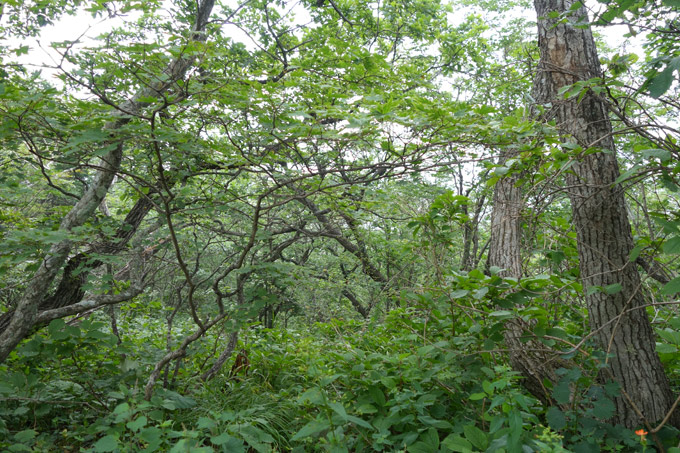
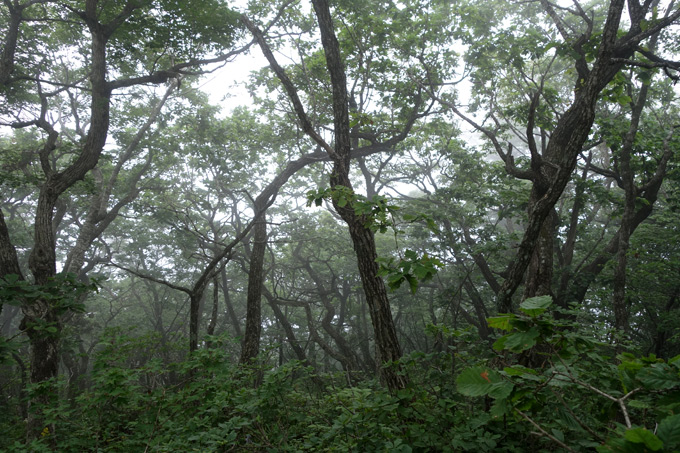
- Pallas’s Leaf Warbler Phylloscopus proregulus, 8 (most singing, with one or two seen)
- Pale-legged Leaf Warbler Phylloscopus tenellipes, 11
- Coal Tit Periparus ater, 13 (including one juvenile with strong yellowish tones to the “cheeks”)
- Tristram’s Bunting Emberiza tristrami, 2
- Two-barred Warbler Phylloscopus plumbeitarsus, 3
- White-backed Woodpecker Dendrocopos leucotos, 1
- Japanese Pygmy Woodpecker Dendrocopos kizuki, 2
- Eurasian Nuthatch Sitta europaea, 6
- Eurasian Treecreeper Certhia familiaris, 1 (seen and heard)
- Marsh Tit Poecile palustris, 4
- Asian Brown Flycatcher Muscicapa latirostris, 1
- Pale-legged Leaf Warbler Phylloscopus tenellipes, 8
- Asian Stubtail Urosphena squameiceps, 1
- Pale Thrush Turdus pallidus, 6
- Varied Tit Sittiparus varius, 7
- Yellow-throated Bunting Emberiza elegans, 1
- Large-billed Crow Corvus macrorhynchos, 1
- Eastern Crowned Warbler Phylloscopus coronatus, 1 (heard only)
- Eurasian Jay Garrulus glandarius, 1
- Eurasian Wren Troglodytes troglodytes, 1
- Spotted Nutcracker Nucifraga caryocatactes, 4
- White-throated Needletail Hirundapus caudacutus, 2
- Red-flanked Bluetail Tarsiger cyanurus, 1 (seen only by JL, at close range in a rainstorm during the hike down. This individual showed blue on the wings and tail, so is likely to have been a Second Calendar-year male or an autumn adult male. There are no previous summer-month records for the ROK in the Birds Korea archives. Tomek [2002] states that this species breeds in the northern provinces of the DPRK, but is only a migrant further south. However, the date is far outside of the expected migration period of this species, which is given as “from the beginning of September” in the DPRK [Tomek 2002], and October in Japan [Brazil 1991]. The date and habitat-type fall within expected parameters given for breeding birds in Japan by Brazil [1991], with the altitude of the record on Seorak similar to the 1300m recorded on Mt. Iide in Niigata Prefecture, in northern Honshu, also lying close to 38 Degrees North. There are substantial areas of forested mountain at and above 1300m in Gangwon Province. It seems possible, therefore, that this species might eventually prove to be regular in this area in the summer months.)
- Eurasian Woodcock Scolopax rusticola, 1? (brief views of one seen in flight by NM at the start of a heavy rainstorm. Although identification was immediate as this species, viewing conditions were very poor and there is perhaps only one summer-month record known to Birds Korea [one photographed in Ansan in July 2011]. Tomek [1999] considered the species to be a “species rarely encountered during migrations” in the DPRK, but nonetheless included several records in May, a month in which birds are already back on the breeding grounds in Japan [Brazil 1999].
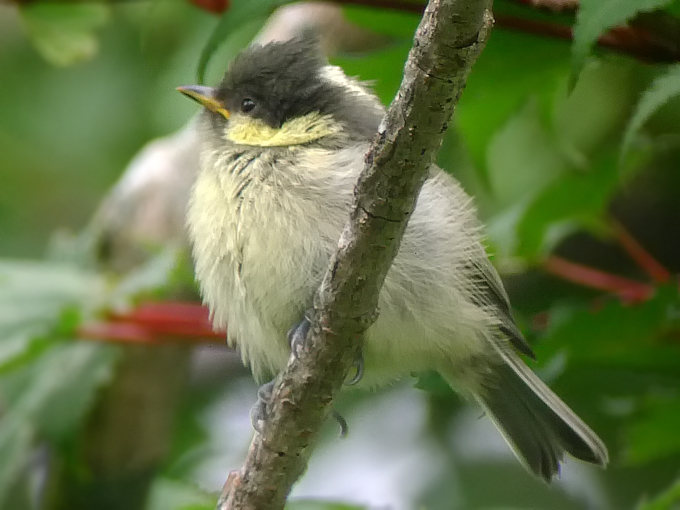
Section Three: 1500m-1650m; c. 2km; between c. 1230-1500hrs
Vegetation predominantly waist or head-high, with a few taller coniferous trees.
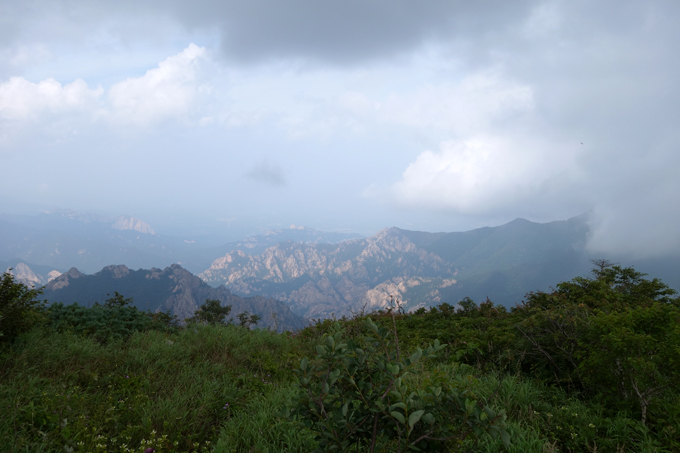
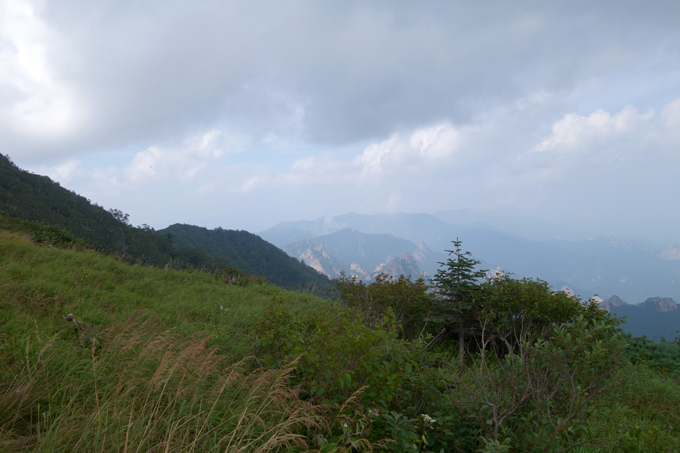
- Dusky Warbler Phylloscopus fuscatus, 2 (heard in song only)
- Japanese Robin Larvivora akahige, 1 (One, probably a female, was seen briefly and poorly as it moved through undergrowth next to the trail by NM. Identification was based on e.g. the bird’s size and structure; its warm-coloured tail, which was frequently raised and lowered; and its orangey head and breast, lacking any obvious grey or dark. This species has not been recorded previously in the summer months in the ROK. There were only three records in the DPRK up to 2006, with two records in April and one in early June in the far north [Duckworth 2006]. It is worth noting that this species can be extremely difficult to observe and is a summer visitor to large parts of Japan, including at latitudes south of Gangwon Province. According to Brazil [1991], the species “inhabits evergreen, mixed or deciduous forests with dense undergrowth from 1,000-2,500m (chiefly around 1,300-2,100m in central Honshu and Shikoku)…Breeding occurs from late May to mid July” and the species remains on breeding grounds until at least “late August”.)
- Spotted Nutcracker Nucifraga caryocatactes, c., 12
- Eurasian Sparrowhawk Accipiter nisus, 2 (One male and one female, both believed to be this species, were seen by JL, with one even dive-bombing a group of feeding Nutcrackers.)
- Long-tailed Tit Aegithalos caudatus, 6
- Pallas’s Leaf Warbler Phylloscopus proregulus, 1
- Marsh Tit Poecile palustris, 2
- White-throated Needletail Hirundapus caudacutus, One
- Daurian Redstart Phoenicurus auroreus 3
- Locustella sp. 1 (contact / anxiety call heard by NM only)
- Radde’s Warbler Phylloscopus schwarzi, 4+ (heard in song)
- Tristram’s Bunting Emberiza tristrami, 1 (adult female)
- Yellow-throated Bunting Emberiza elegans, 1
- Bull-headed Shrike Lanius bucephalus, 1
- Siberian Rubythroat Calliope calliope, c.3 (heard only, in song)
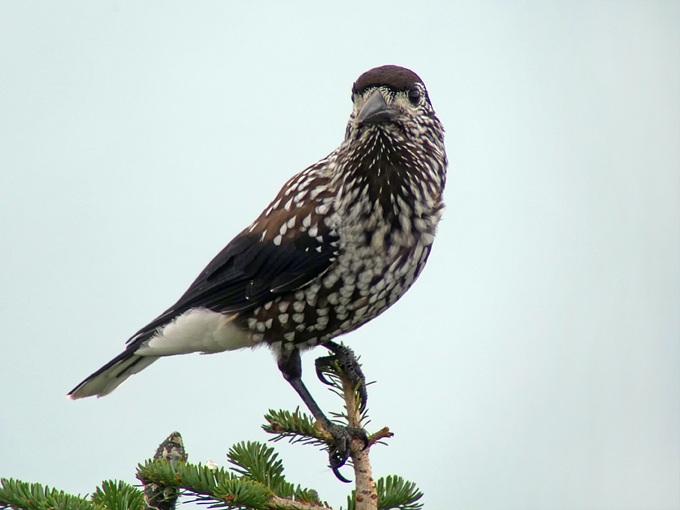
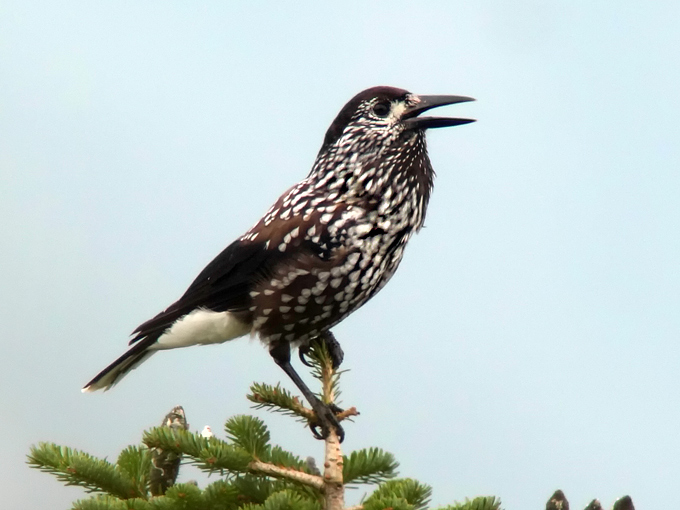
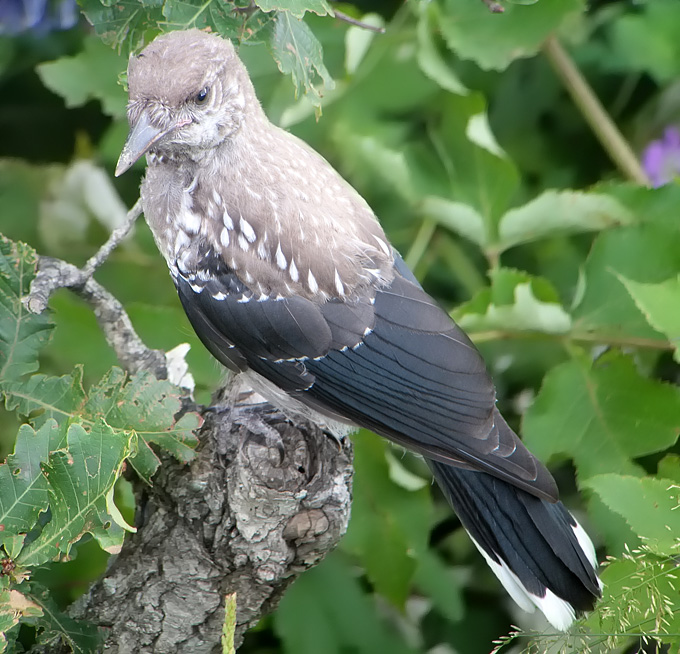
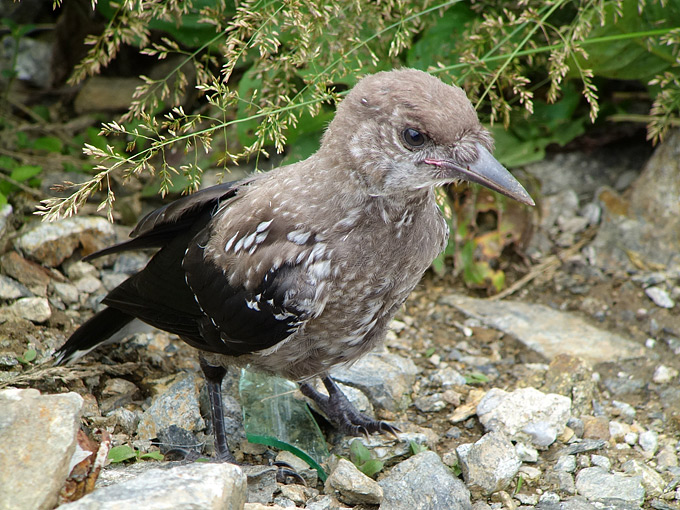
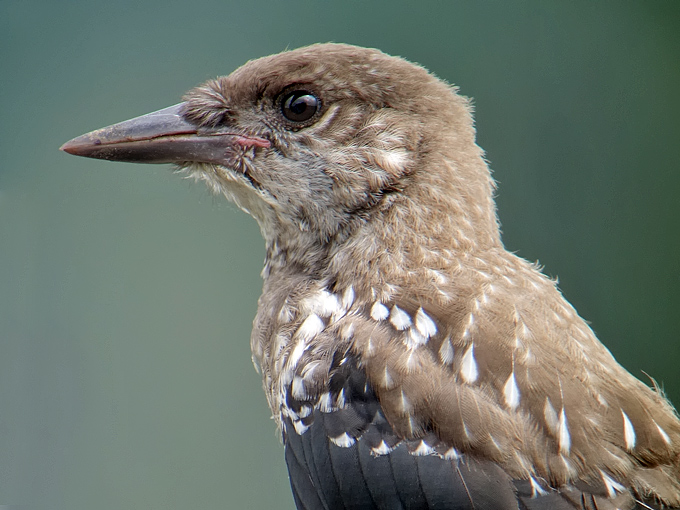
References
- Brazil, M. 1991. The Birds of Japan. Published by Helm.
- Duckworth, J.W. 2006. Records of some bird species hitherto rarely found in DPR Korea. Bull.
British Ornithologists’ Club. 2006 126 (4) 253-290. - Tomek, T. 1999-2002. The birds of North Korea. Acta Zoologica Cracoviensia 42: 1-217; 45: 1-235 (in English).

